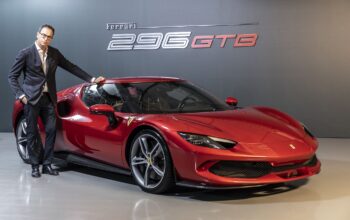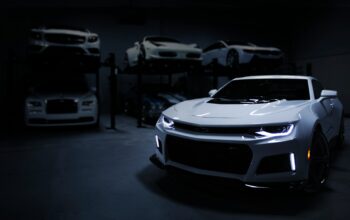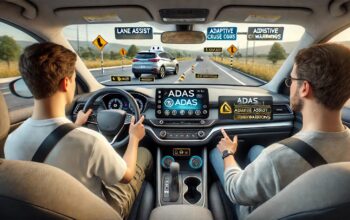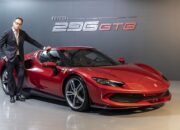Car design has come a long way, from the bold and luxurious models of the past to the sleek, high-tech vehicles of today. It’s not just about looks anymore; it’s about combining form and function. Over the years, we’ve seen car designs evolve to meet the changing needs of consumers, driven by advancements in technology, safety, sustainability, and user experience. Let’s take a ride through time and explore how car design has transformed from classic to modern.
Classic Cars: The Iconic Era of Bold Design
The classic cars of the mid-1900s are all about elegance, power, and statement-making aesthetics. These vehicles weren’t just for getting from point A to point B—they were about making an impression. With their large, chrome-covered grilles, curvy lines, and luxurious interiors, classic cars like the Ford Mustang and Cadillac Eldorado are still revered for their timeless appeal.
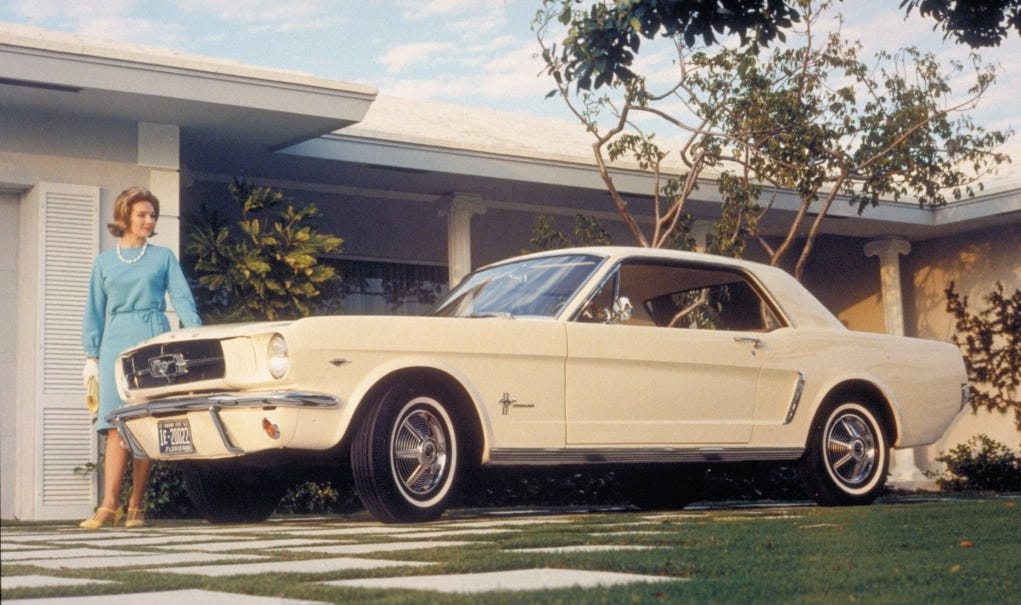
- Distinctive Features: Bold lines, chrome detailing, and spacious designs.
- Iconic Models: Ford Mustang (1960s), Cadillac Eldorado (1950s).
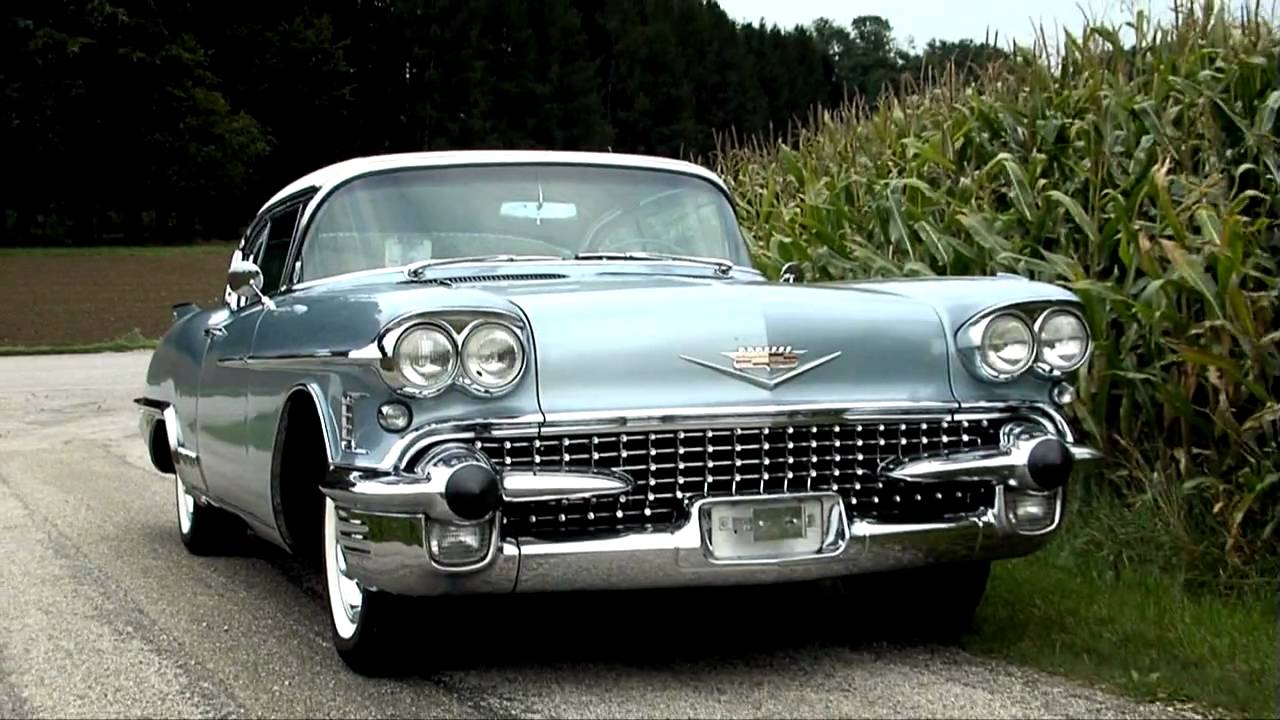
The Shift Toward Practicality: 1970s-1990s
As fuel efficiency and safety became top priorities, car design began to take a more functional turn. The 1970s brought in more compact designs with a focus on practicality, and by the 1990s, the rise of sedans and hatchbacks made way for vehicles that offered better fuel economy and interior space. These designs were all about practicality, efficiency, and affordability.
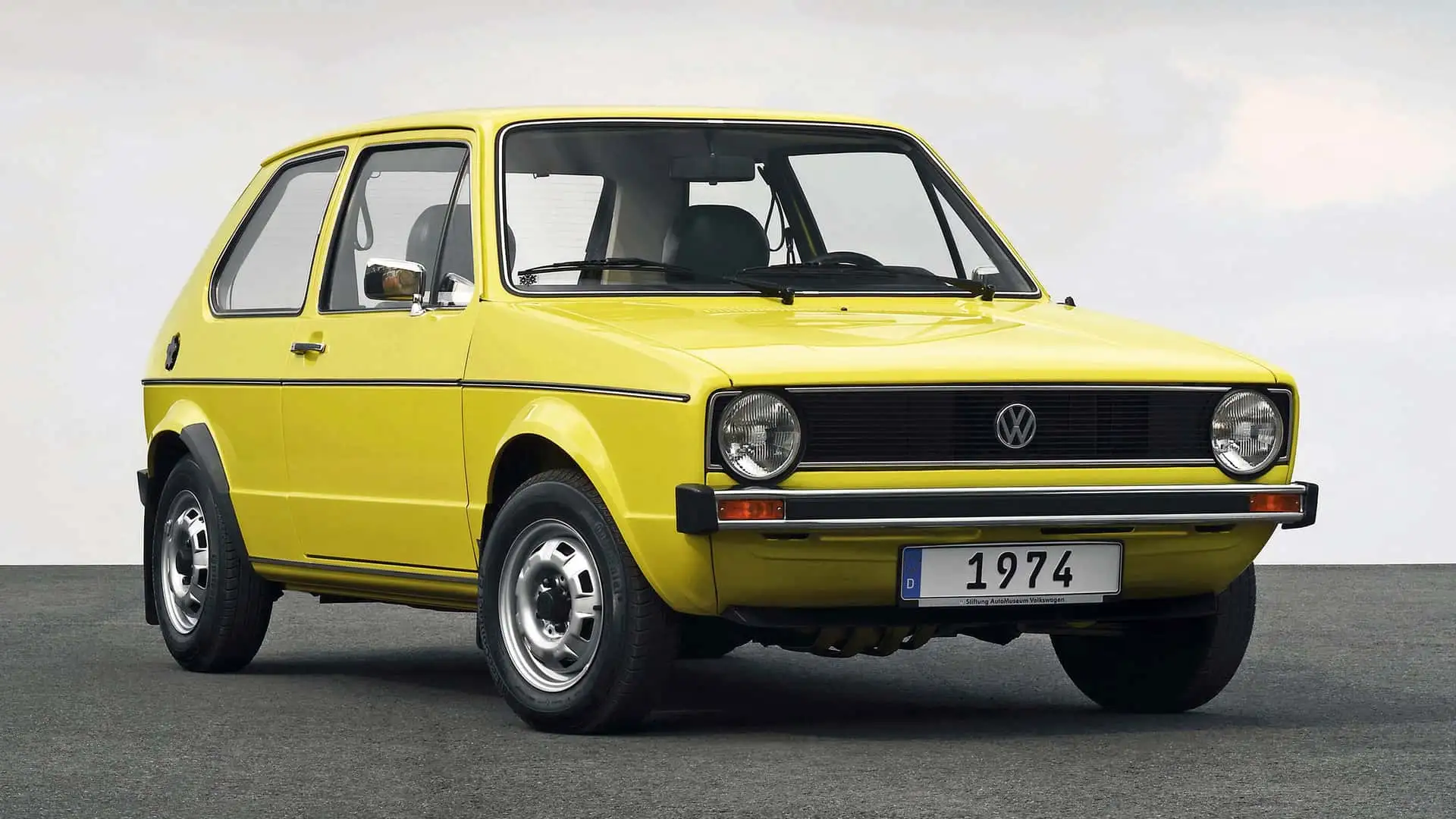
- Design Trends: Compact cars, safer structures, and functional lines.
- Iconic Models: Volkswagen Golf (1970s), Honda Civic (1980s).
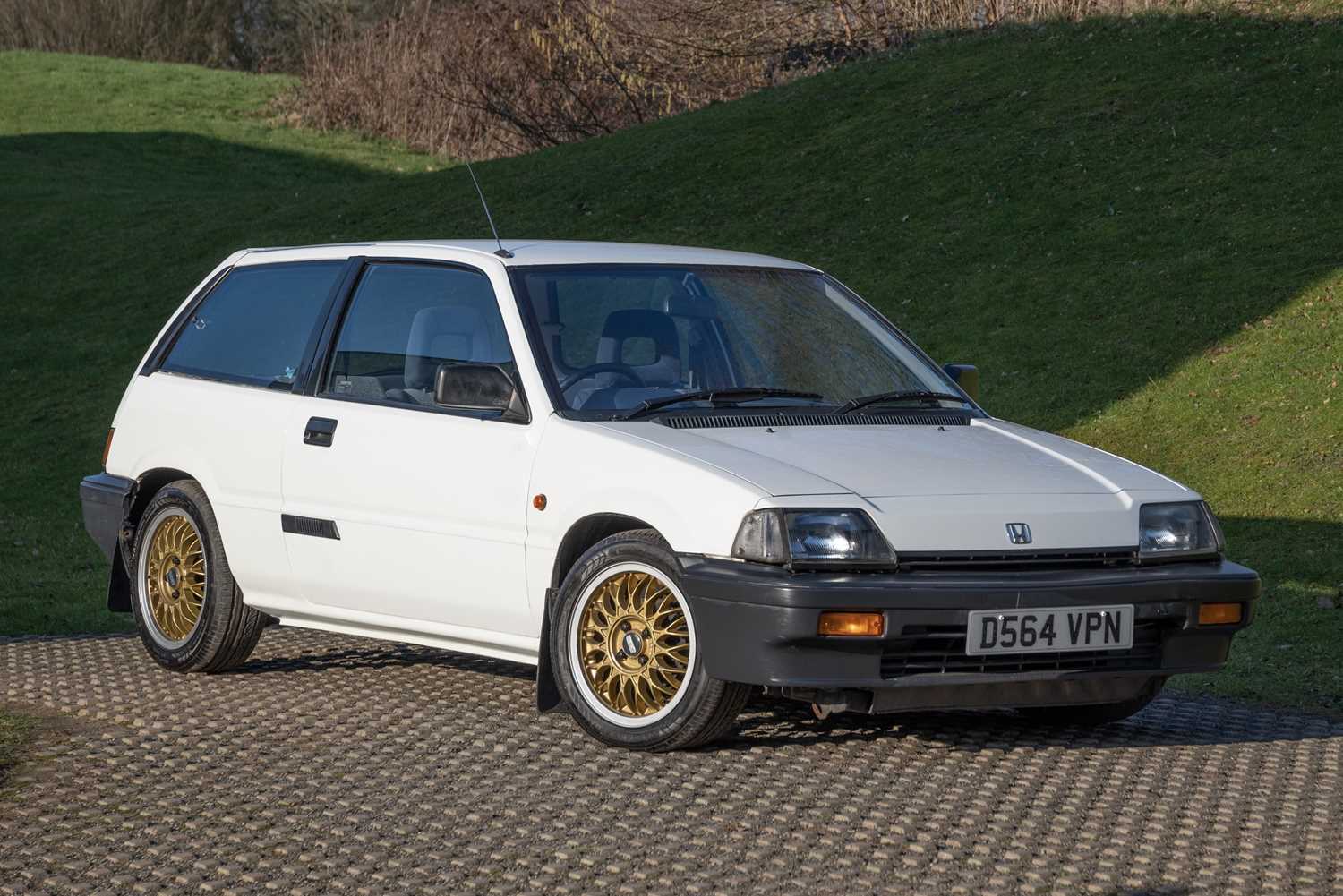
Aerodynamics and Sleekness: 2000s and Beyond
In the 2000s, the focus shifted to aerodynamics. Cars became sleeker, more streamlined, and designed to reduce drag and improve fuel efficiency. Models like the Audi A6 and BMW 3 Series featured smooth, sculpted exteriors while incorporating high-tech interiors with cutting-edge infotainment systems. It was the start of a new era where form, function, and technology came together.
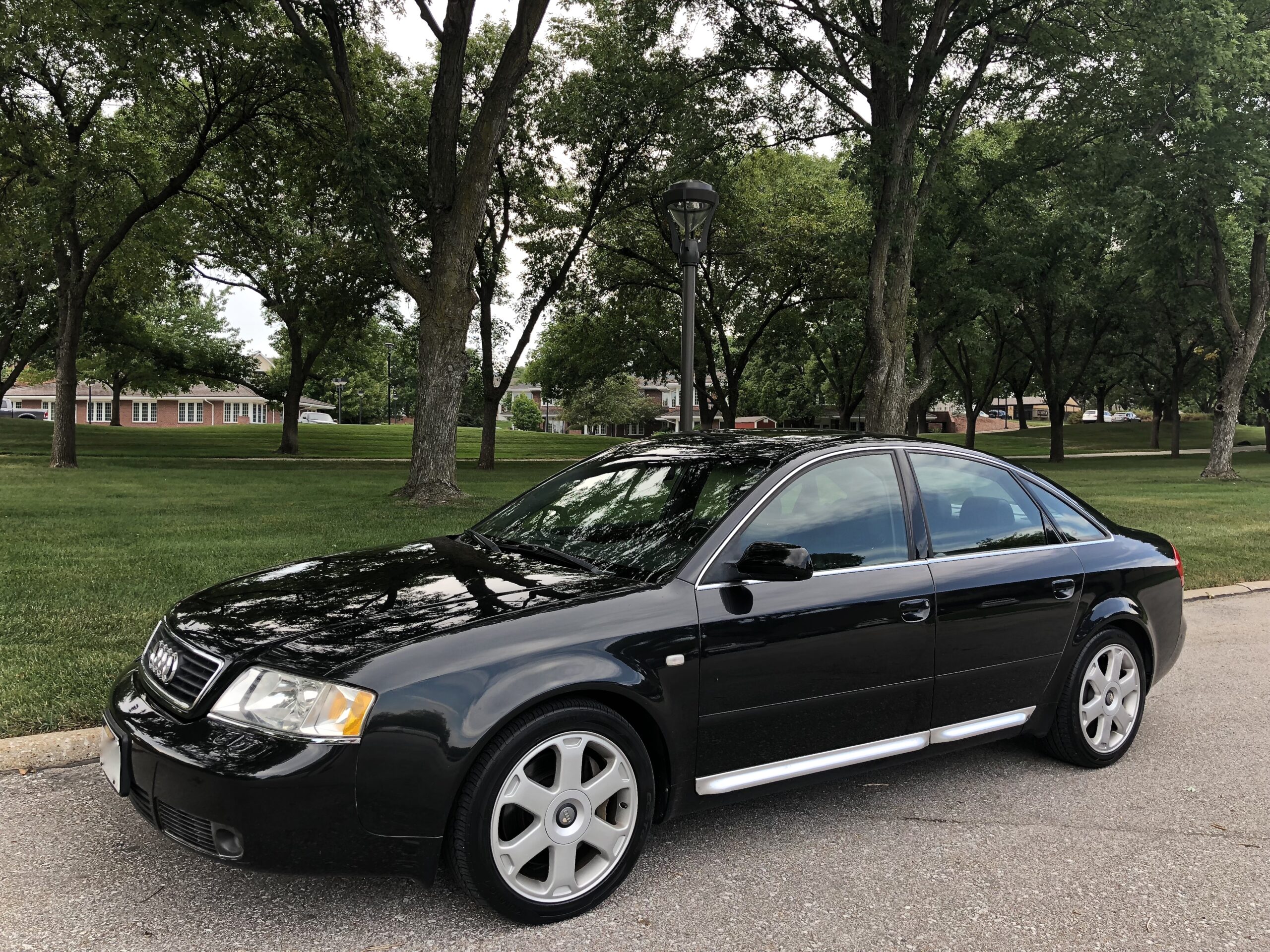
- Design Features: Curved lines, aerodynamic shapes, and tech-heavy interiors.
- Iconic Models: Audi A6 (2000s), BMW 3 Series (2000s).
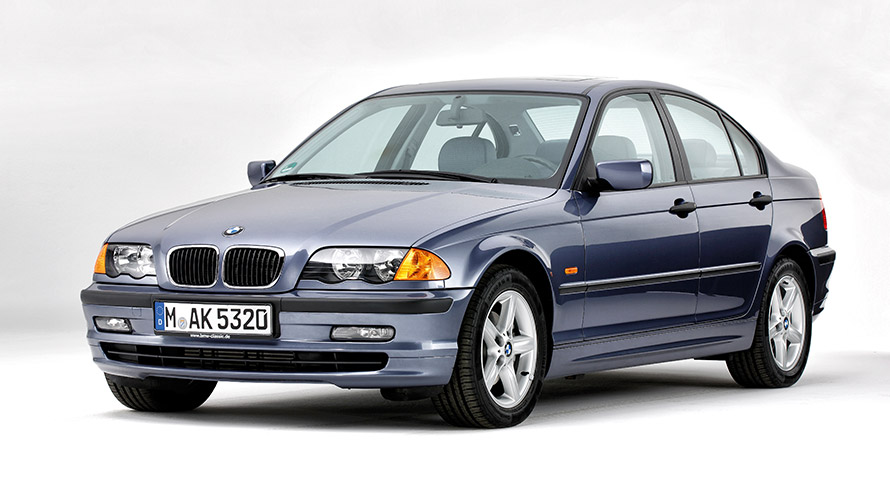
The Electric and Autonomous Revolution
As electric vehicles (EVs) and self-driving cars took the spotlight, car design underwent another major transformation. Brands like Tesla pushed the boundaries of design with minimalist interiors and futuristic exteriors. Electric vehicles weren’t just about reducing emissions—they were about rethinking how cars should look and feel, with an emphasis on sustainability, performance, and advanced technologies like autonomous driving features.
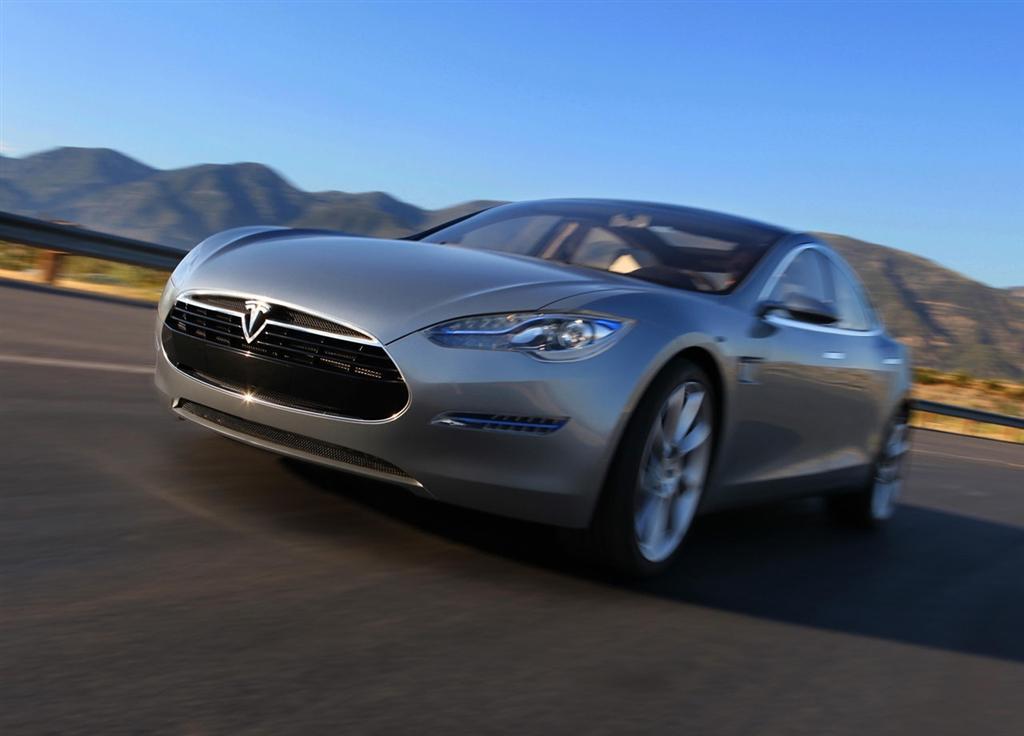
- Key Innovations: Electric drivetrains, autonomous vehicle tech, minimalist interiors.
- Iconic Models: Tesla Model S (2010s), Lucid Air (2020s).
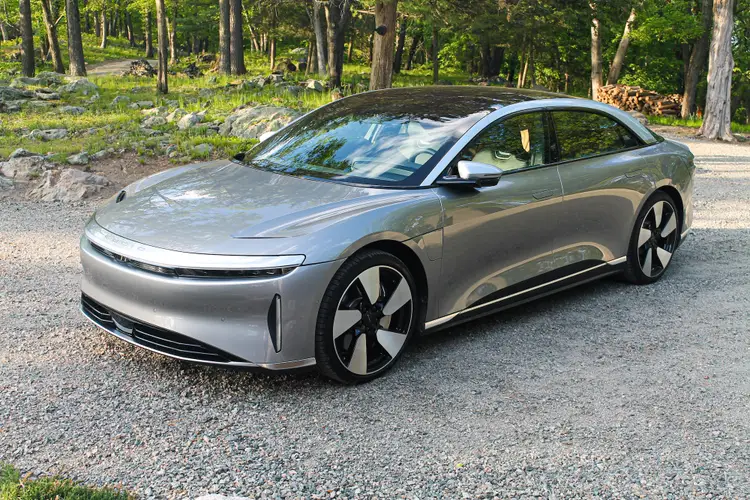
Modern Design Trends: Sustainability Meets Innovation
Today’s car designs are a blend of cutting-edge technology, eco-conscious materials, and advanced performance features. Car manufacturers are increasingly using sustainable materials like recycled plastics, plant-based fabrics, and eco-friendly components, while also integrating smart technology like augmented reality dashboards, AI-driven features, and intuitive infotainment systems. Modern cars are not just smarter—they’re designed for a cleaner, greener future.
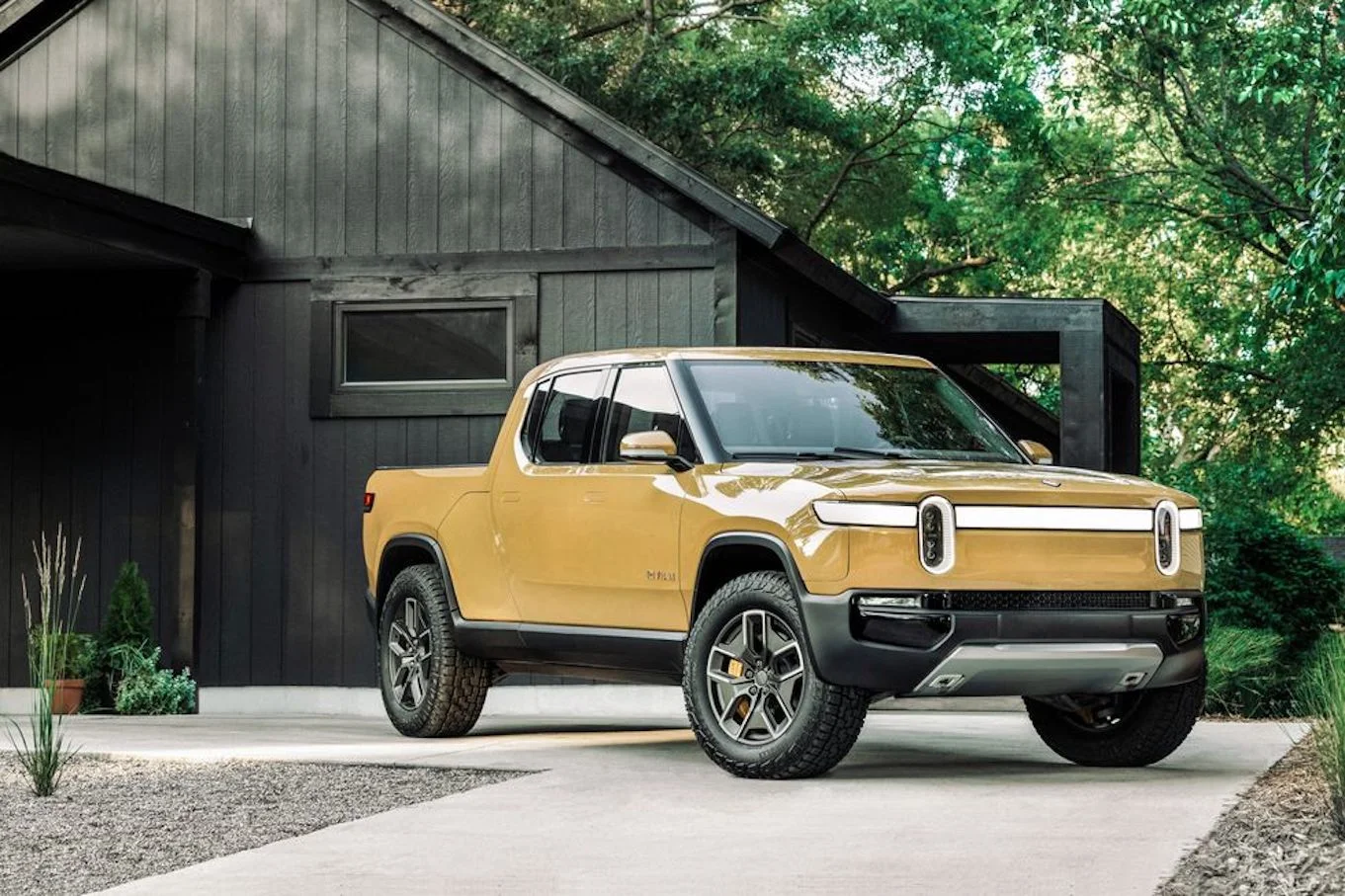
- Key Features: Smart tech, sustainable materials, electric drivetrains, and augmented reality.
- Future Models: Rivian R1T (2020s), Hyundai Ioniq 5 (2020s).
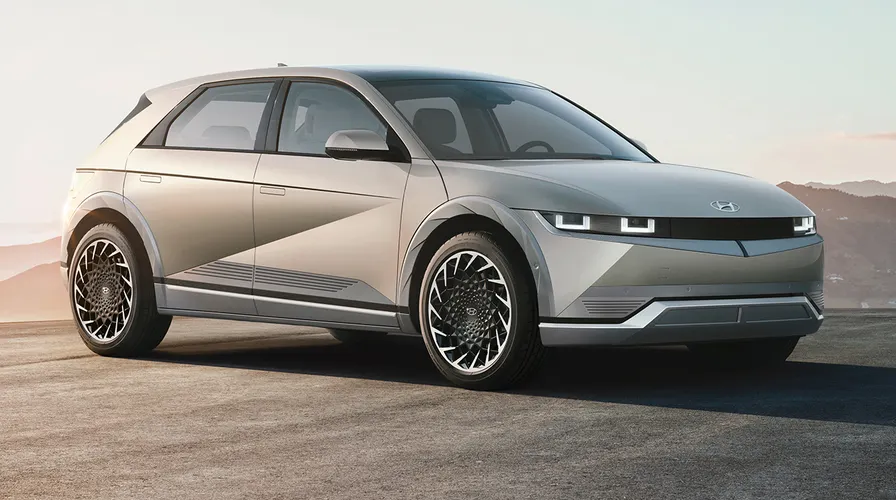
Consumer-Driven Design: What We Want in the Future
Today, consumers are looking for cars that blend technology, sustainability, and safety. As technology continues to advance, the demand for vehicles that offer smart interiors, seamless connectivity, and user-friendly safety features like automatic braking and lane assist systems continues to rise. Automakers are now prioritizing eco-friendly options while providing the most innovative tech to keep drivers safe and connected.
- Consumer Focus: Advanced safety features, smart tech, sustainability.
- Technological Integration: Voice-controlled systems, wireless charging, smart safety features.
The Road Ahead for Car Design
From the bold designs of the past to the sleek, high-tech vehicles of today, car design continues to evolve in exciting ways. As technology advances, the future of car design promises even more innovation, with a focus on sustainability, automation, and seamless user experiences. Whether it’s electric powertrains, self-driving cars, or smart interiors, the journey from classic to modern design is only getting started.
Call to Action:
Stay ahead of the curve—follow the latest trends in car design and get ready for the future of automobiles. With every new model, the possibilities for innovation are endless!


